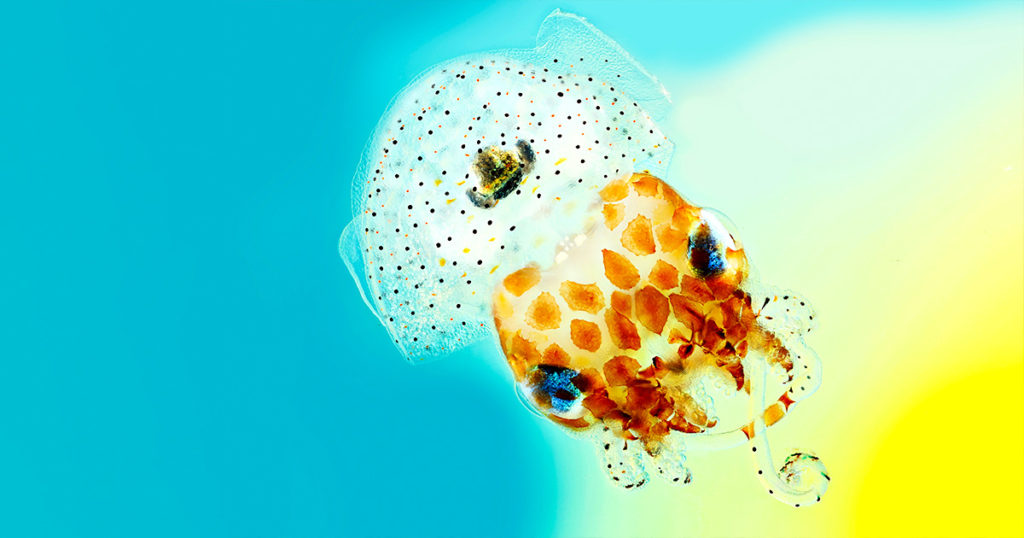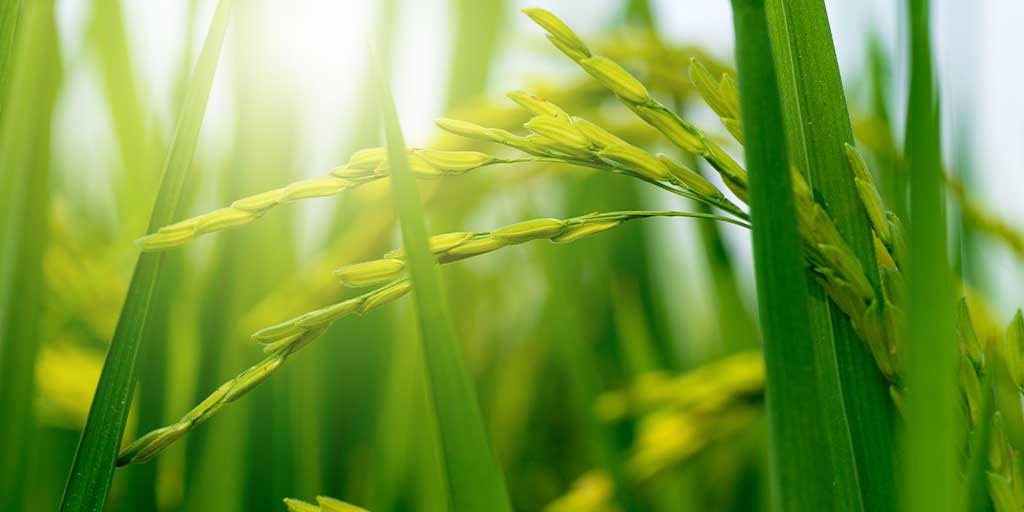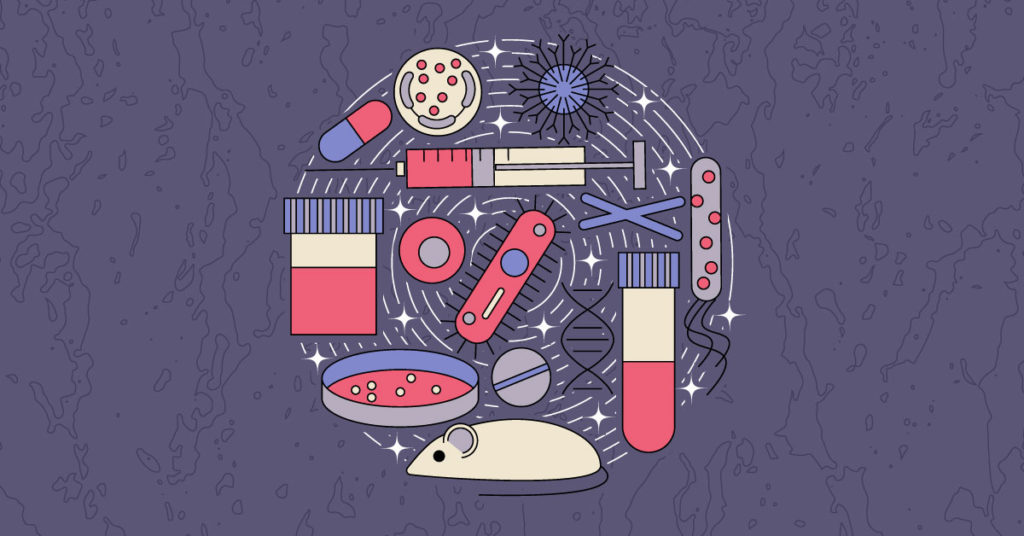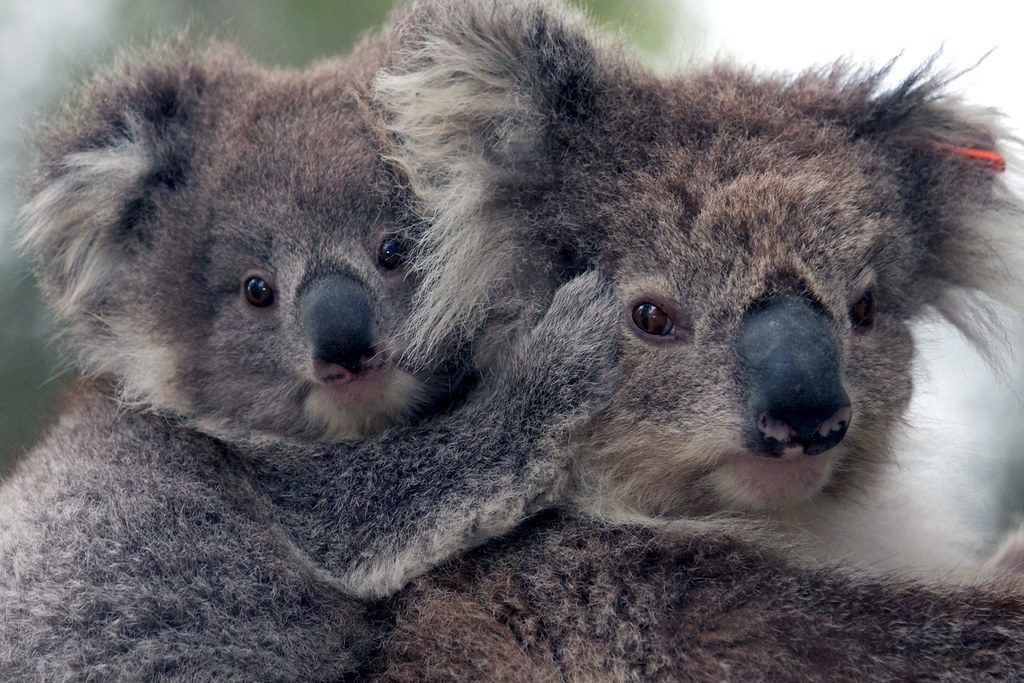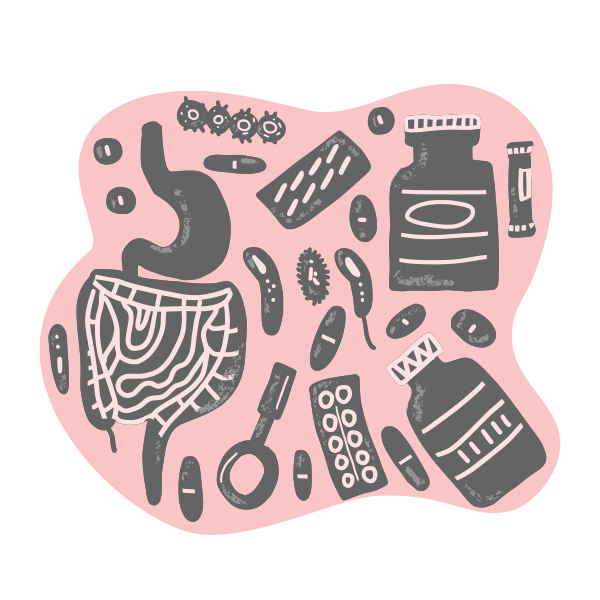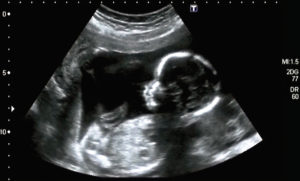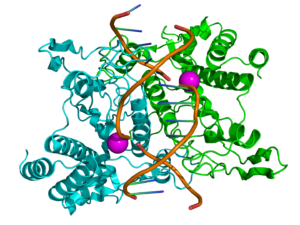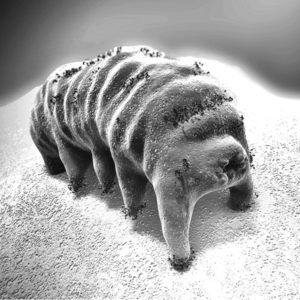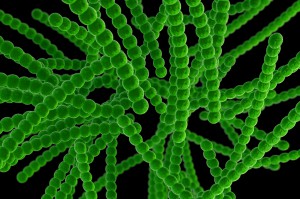Have you read last week’s breaking story about the microbiome of the human placenta? Wait, stop, don’t run away to Google it! I’ll tell you all about it – this is a science blog, remember?
I’m asking because as I started reading about the topic in preparation for writing this blog post, I noticed two things. First, as a science writer who tries to stay well-connected with what’s going on in the world of biology research, it would have been nearly impossible for me to avoid this story. I get eight or nine daily digest emails from scientific publications every day, and I think over the course of last week, every single one came with a headline related to the placenta study. (Of course, I read them all. And the Nature study they were based on.)
Second, I noticed that each story I read had a slightly different angle on covering the research. As scientists, we like to believe that science is, well, just science. It’s factual. We pore over the data and reach a conclusion. If we aren’t sure of something, we search the journals. The story, if there is one, is about methods and controls, protocols and reagent quality. However, when information about that research is communicated broadly, outside of the journals, we can get a different impression based on how the author frames their article.
Continue reading ““The Human Placenta,” or “Why I Love Science Writing”” Like this:
Like Loading...
